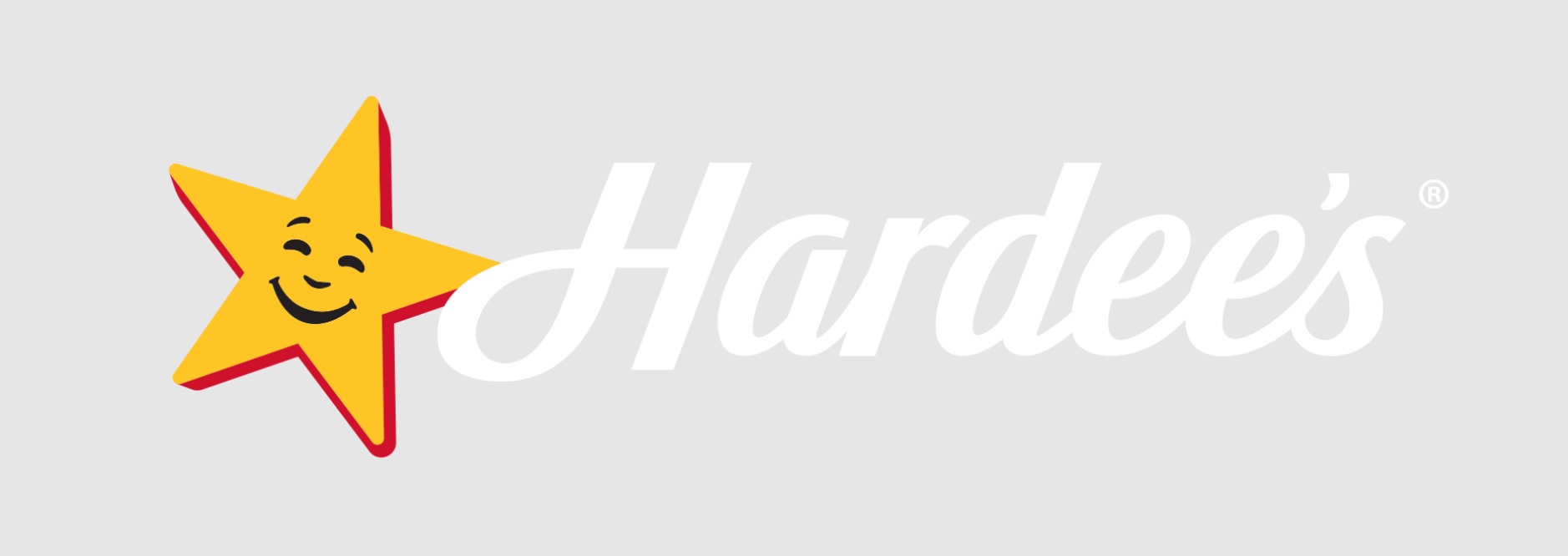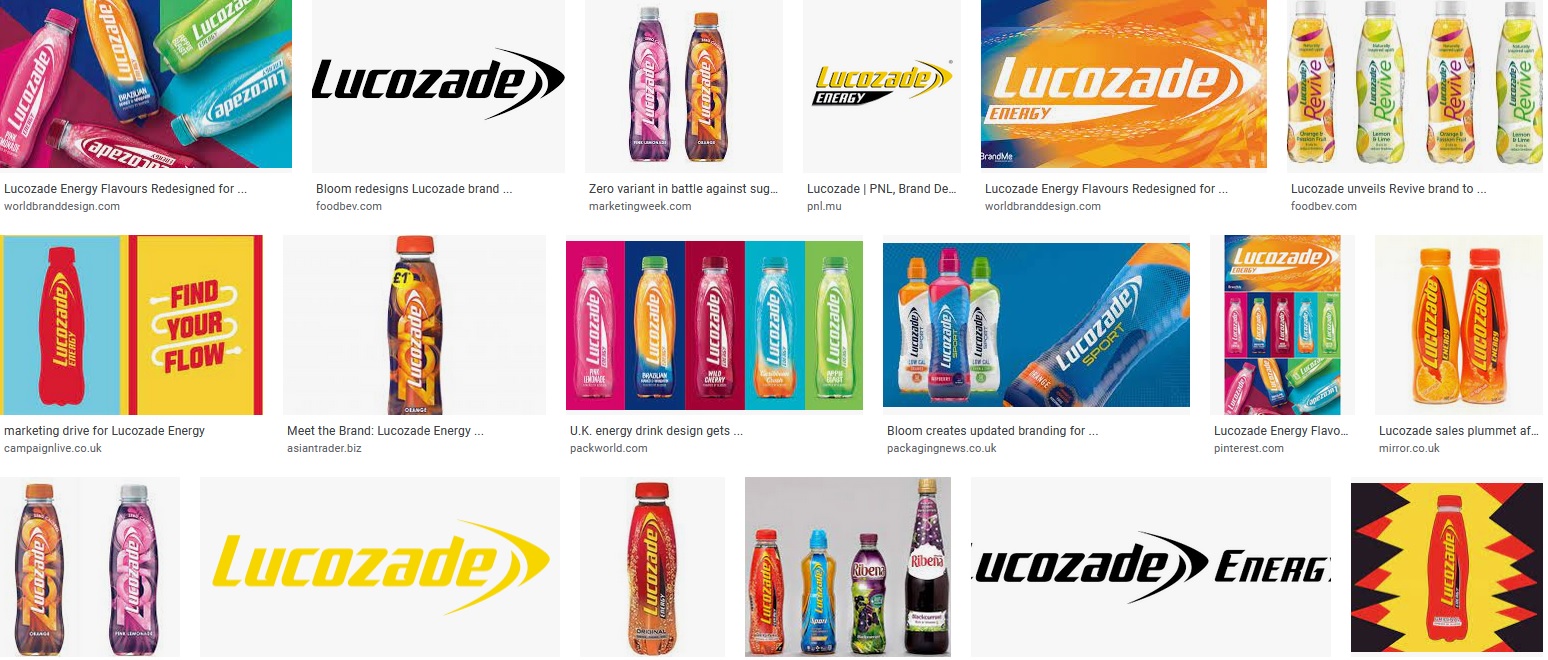Executive Summary
Hardees is a large international food corporation that was established in 1960. The group has launched restaurants in many countries and expects to increase its market share by joining the fast food market in Australia. Its products include the uniquely produced burgers, fries, and beverages. It faces stiff competition from other similar global firms such as McDonald. The company has sustained its competitiveness in the market because of its major strengths that include innovativeness and production of different products from competitors. Even though, the firm has a smaller market share compared to its major competitors, it has opportunities to expand its market. This is because it focuses on drawing the right audiences. For instance, it attracts many youths through its brand image. Many youths consume fast foods because they consider it cheap. Additionally, effective leadership in different departments within the restaurants enables the firms to deliver high quality services and merchandise.
Hardee’s is one of the top companies that deal with fast foods in the United States. The company was commenced in the year 1961. It operates in about 30 states in the United States with a total of approximately 1900 restaurants. Its main strategy that enables it to stay competitive in the market is being innovative. This procedure aims to improve the quality of its goods while also promoting premium growth. Ice cream, biscuits, and burgers are among the company’s offerings. The company’s executives are now considering expanding into the Australian fast food sector. McDonalds, KFC, and Hungry Jack are the main competitors in the world (Hardee’s Food System, 2013).

Company Structure, Capabilities, and Resources
Different layers of managers make up the company’s corporate framework. The CEO, owner, and Chief Operating Officer are among the highest management positions. Restaurant supervisors, change managers, and assistant managers in multiple divisions make up the lower management ranks. The organization is often focused on career specialization, with workers doing various tasks. They have separate workers for preparing, serving, and receiving orders, for example. Because of the corporate framework, the firm is able to carry out aggressive sales strategies because administrators have more influence over the restaurants. The company’s services provide an efficient human development department and restaurants that are concentrated in a small geographic region. The firm’s tendency to control geographic markets is aided by this clustering. It also allows it to profit from greater economies of scale in the small areas. Other services include the restaurant chains, which offer a variety of casual food options such as burgers, tacos, and a variety of soft drinks. Many franchisees, such as Boddie-Noel Enterprises, have also contributed to the company’s development (CKE Restaurants, 2012).
Products, Markets, Distribution, and Supply
Hardees is the world’s largest fast food corporation. Burgers, tacos, desserts, and chicken sandwiches are among the company’s offerings. It is one of the top firms in terms of market value. This is due to the fact that it has 475 restaurants and over 500 franchisees. Around 1% of the global demand is controlled by the group. While this proportion may seem to be insignificant, the market share is growing year over year as revenues increase. The company’s revenues have risen by around 61 percent since it was established, according to an overview of its sales. The majority of the company’s clients purchase “take-out” foods. As a consequence, it changed the packaging in order to meet the needs of these consumers. For example, it debuted a new coffee cup with a top. Furthermore, the firm found that revenues have been declining in recent years as a result of consumer complaints regarding the elevated cholesterol and fat content of the company’s foods. As a result, unlike most of its competitors, the company continued using palm oil. Foods became more common as a result of this.
Hardee’s profitability increases because of its effective distribution and supply systems. The distribution system is very advanced. For instance, whenever sales are rung up the company decrements its inventory according to the recipe. The company has an intelligent controller that helps in the circulation of the inventory order, and submits it automatically to the firm’s network. The mangers then approve the inventory at the company’s network. The managers can then forward the information to the manufacturers and distributors to ensure that all the restaurants receive supplies in time. The firm has about three manufacturing and eleven distribution plants that helps it to make about 250 to 1500 deliveries per week in each restaurant (Hardee’s Food System, 2013).
Competitive Environment and Industry Situation
The company faces competition from other large similar firms. It still faces competition from some of the most popular fast food companies such as McDonalds, KFC, and Hungry Jack in Australia. Most of companies produce similar products meaning that Hardees will face threat of substitute products from other companies. However, the company’s focus on innovation will enable it overcome this threat. Additionally, Hardees competitors focus on take-home foods in Australia. Hardee’s will also stay competitive because of its high quality packing services. Even though the industry faces the food substitution challenges, Hardee has many advantages that entail providing new meal experiences to its customers through its innovativeness (Young & Kaufman, 1997).
The company will also face some difficulties when entering the Australian market due to various barriers. For instance, there is a high concentration of restaurant businesses in the country. This will give the company a hard time during its early establishment (Chandrasekaran &Tellis, 2008). However, the company’s global brand recognition will enable it to complete effectively against the small saturated and new businesses in the market. In addition, it will be difficult to compete against the big companies such as McDonalds that have already acquired larger market shares in the country. However, Hardee’s focus on high quality and differentiated products will enable it to acquire larger shares because of its potential to increase its customer’s loyalty. The firm will face less competition from the new industries than penetrate the market. This is because the high costs of entry and capital will be an obstacle for the new firms (Zou &Cavusgil, 2002). Besides, the new entrants will be hindered by the strict government regulations that face the food industry. In addition, the market has stiff competition because consumers have low costs of shifting to other better firms. If a company loses its customer’s loyalty, it will be easier for them to start buying similar products from other restaurants. Furthermore, it will be easier for Hardees to operate in Australia because suppliers have low bargaining strengths in the industry. This is because the shifting costs from one supplier to another would not be very high. In addition, there are many suppliers in the country. The industry also faces the fast food stigma challenges in Australia just like other countries because of health campaigns against the fast foods (Levitt, 1985).
Synthesis of Strengths Relative to Potential Opportunities
Hardee has several strengths that will give it opportunity to expand the market for its products in Australia. One of the strengths includes its differentiated products such as the Charbroiled burger that other firms do not produce. This will create an opportunity to attract customers to the firm’s unique products (Craig & Douglas, 1996). In addition, the company focuses on improving the quality of its products through the sate-or-art technology. This will increase the company’s opportunity to increase it consumer’s loyalty in the new Australian market. Moreover, the company’s brand recognition will give it a growth opportunity in the new state (Datamonitor: CKE Restaurants, Inc., 2010). Through its high quality and unique products, Herdees possesses popular brands globally. This will make it attract more customers faster. Additionally, the company’s brand image makes it very attractive to youths. This is also an opportunity to expand its market in the new country because many youths consume fast foods. In addition, the company has an extensive hospitality. This will also help in the consumers’ attraction. The other strength includes its effective marketing strategy. For instance, the company invests in the advertisement of its products. It also gives a nutrition description of its products within its menus. The marketing strategy will increase the company’s opportunity to increase its brand recognition in the new country. Hardees management styles such as specialization will help in ensuring the smooth operation in Australia. However, the company may experience some threat that may hinder it from realizing the opportunities. One of the threats includes competition from its rivals. The other threat may include political and legal barriers that also affect comparable business.
Strategic Fit Evaluation and Opportunities Identified and Justified
The corporation would be able to understand its prospects in Australia. This is due to its inventiveness, which aids in increasing product differentiation (Aaker & Damien, 2010). When penetrating new industries, the firm has used creative tactics that have led to its growth. In addition, the organization has sufficient capital to meet consumer satisfaction in the new environment. Human capital are one of the most important assets, since they add to the company’s competitiveness. The company’s management have good communication abilities, which will allow them to ensure that the company achieves its aims by aligning the firm’s operations with its objectives. Furthermore, since it employs motivated employees, the firm is capable of providing high-quality services to its customers in the new country. Since the organization insists on meeting their desires, the employees are rather self-motivated (Kotabe & Kristiaan, 2010).
Conclusion
Hardees is one of the most well-known restaurants in the country. The company’s assets, such as its well-known brand and exclusive items, would help it break into the Australian fast food industry. Since it has ample money to carry out all of the required operations, the organization has many opportunities to develop in Australia. Furthermore, the firm should coordinate its operations with targets that are critical to a company’s performance.
References
- Aaker, A. and Damien, M.(2010). Strategic Market Management, Global Perspectives.Chichester, UK: John Wiley & Sons.
- Kotabe, M. and Kristiaan, H. (2010). Global Marketing Management. Hoboken, NJ: John Wiley & Sons.
- Chandrasekaran, D. &Tellis, J. (2008), Global Takeoff of New Products: Culture, Wealth or Vanishing Differences? Marketing Science, 27 (5), pp.844-860.
- CKE Restaurants. (2012). CKE Restaurants SWOT Analysis, 1-7. Retrieved from: http://ehis.ebscohost.com/eds/pdfviewer/pdfviewer?sid=61f5e533-539b-4f0a-b5ab-a5e9099a8c64%40sessionmgr115&vid=4&hid=16
- Craig, C. & Douglas, P. (1996). Responding to the challenges of global markets: Change, complexity, competition and conscience. The Columbia Journal of World Business. Volume 31 (4): pp 6-18. Retrieved from: http://ehis.ebscohost.com/eds/pdfviewer/pdfviewer?sid=61f5e533-539b-4f0a-b5ab-a5e9099a8c64%40sessionmgr115&vid=4&hid=16
- Datamonitor: CKE Restaurants, Inc. (2010). CKE Restaurants SWOT Analysis, 1-8. Retrieved from: http://ehis.ebscohost.com/eds/pdfviewer/pdfviewer?vid=3&sid=61f5e533-539b-4f0a-b5ab-a5e9099a8c64%40sessionmgr115&hid=16
- Hardee’s Food Systems. (2013). Franchise opportunities. Retrieved from: http://www.hardees.com/company/franchise
- Levitt, T. (1985). The Globalization of Markets. Harvard Business Review. Vol. 61, pp.92-102. Retrieved from: http://ehis.ebscohost.com/eds/pdfviewer/pdfviewer?sid=61f5e533-539b-4f0a-b5ab- a5e9099a8c64%40sessionmgr115&vid=4&hid=16
- Young, M. V., & Kaufman, B. E. (1997). Interfirm wage differentials in a local labor market:The case of the fast-food industry. Journal of Labor Research, 18(3), 463-480. Retrieved from http://search.proquest.com/docview/214007093?accountid=45049
- Zou, S. and Cavusgil, S. T. (2002). The GMS: A Broad Conceptualization of Global Marketing Strategy and its Effect on Firm Performance. The Journal of Marketing. 66 (4), pp. 40- 56.http://search.proquest.com/docview/214007093?accountid=45049



